ALWAR: THE CROWN OF RAJASTHAN
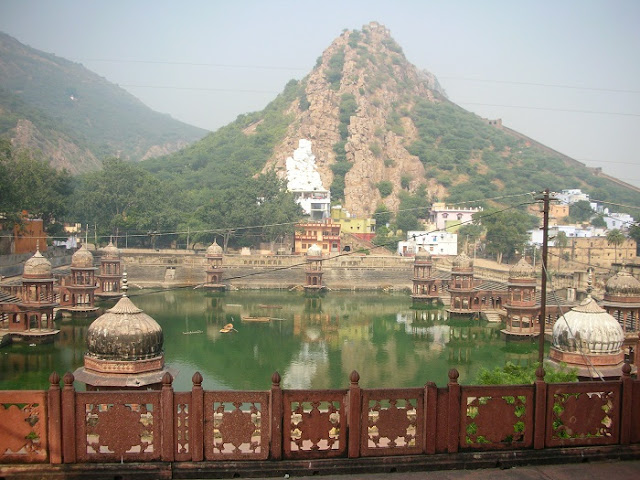 |
| A view of Bala Quila as seen from Vinay Vilas Mahal. Photo: LB Thapa |
By
LB THAPA, in Alwar, Rajasthan,
My
recent foray into traveling to a historical place took me to Alwar, Rajasthan. I
chose to visit Alwar for one obvious reason and it was because my younger
brother Lt. Colonel Sudhir Thapa was posted to Alwar, Rajasthan. He was the
command in charge of the Alwar army cantonment. How I could miss such an
opportunity!
Alwar
has successfully preserved its rich history, culture and tradition that is now
very rare in the world. Literally speaking I was much excited to visit Alwar
and see those fabulous places of historical significance.
I
boarded Spicejet's afternoon flight and landed at the Indira Gandhi
International Airport at about 2pm. I saw an army man stood at the lounge with
a placard of my name. I waved my hands towards him and he reciprocated with the
sense of satisfaction.
I
walked out of the main gate with two heavy bags, but one of the jawans took the
bags from me and kept inside the jeep. The other jawan opened the door of the
vehicle and asked me to get in with much reverence. I was inflated and began to
feel a VIP…I am not used to such courteousness.
Those
jawans were very nice men. I really liked their mannerism and discipline. All
the way from the airport to the army guesthouse, they did not ask me anything,
but they replied to my queries rather politely.
After
about one hour and half drive, we reached Alwar, where my brother and his
family were waiting to receive me. I was meeting with my brother for the first
time since he was promoted to the rank of Lt. Colonel. I became nostalgic as
soon as I saw him. I started remembering our early days of struggle in Bhopal,
Madhya Pradesh where we were born and raised.
Alwar
bears a grandeur history. But interestingly there has always been much
controversy about the origin of its name 'Alwar'. Different scholars and
historians hold different opinions. It is believed that the name was derived
from Salva tribe, who were from Salwapur.
In
the course of time, it became Salwar and eventually Alwar. Yet another belief
is that the name was taken from a hill Aravali.
More convincing theory of its name goes to a research conducted during the
reign of Maharaja Jey Singh of Alwar. Maharaja Alaghraj ruled the area in the
11th century. He founded the city of Alpur
in 1049 A.D. Later its name became Alwar.
 |
| The front view of Vijay Mandir Palace. Photo: LB Thapa |
 |
| Inside view of the hunting resort palace. Photo: LB Thapa |
 |
| The hunting resort palace built by king Jey Singh. Photo: LB Thapa |
 |
| A view of Alwar city from Bala Quila. Photo: LB Thapa |
 |
| A tiger displayed in the museum. Photo: LB Thapa |
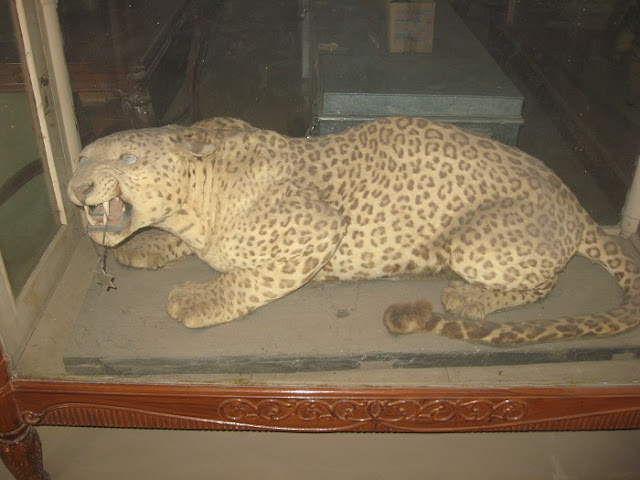 |
| A leopard displayed in the museum. Photo: LB Thapa |
 |
| Old rifles are displayed in the museums. Photo: LB Thapa |
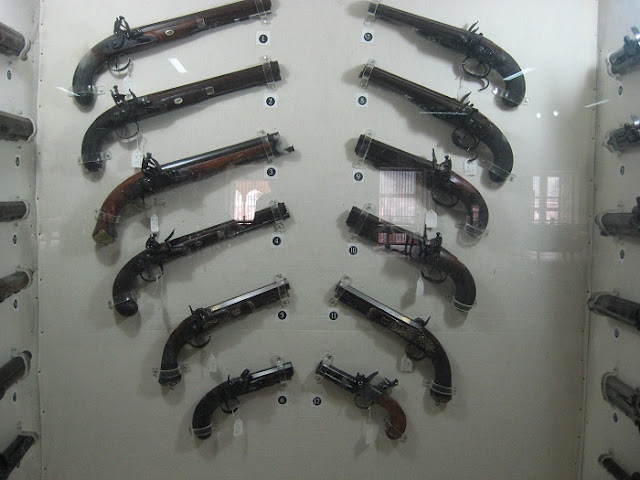 |
| Collection of old light arms. Photo: LB Thapa |
 |
| From Left Virat Thapa, LB Thapa, Samrat Thapa, Lt. Colonel Sudhir Thapa, and Monica Thapa |
Later,
Rao Pratap Singh extended his territory, constructing the Alwar Fort on 25th
November 1775. The next ruler Maharao Raja Bakhtawar Singh (1791-1815) was a
successful king of Alwar. He extended the territory of Alwar by annexing
several neighboring kingdoms. It was his military skills that eventually
weakened the mighty Maratha and Jat power to a great deal.
In
1803, the Alwar king had made a treaty with the East India Company. During this
time the economic condition of Alwar had reached its lowest rung. But Maharao
Raja Viney Singh (1815-1857) ruled over Alwar with much success and greater
authority.
He
improved the economic status of Alwar to a respectable level. The development
of Alwar was taken further by Jey Singh, who was made king in 1892. He was a
prudential king with much stronger willpower and determination. It was during his rule that Alwar eventually
became one of the well-managed states.
Alwar is considered the most beautiful
place in the whole of Rajasthan. The city is surrounded by Aravalli ranges from all sides. The highest peak of the Aravalli ranges has a magnificent fort,
which has witnessed many wars and battles. Although many fierce battles were
fought from this fort, the fort has been successful to preserve all its
physical and aesthetical beauty intact.
Besides, Alwar is also famous for wildlife
sanctuary, dense woods, mesmerized lakes, and dazzling hills. Only at the
distance of 37km from downtown Alwar is Sariska
Tiger Reserve and National Park. This National Park is maintained by
Project Tiger.
The reserve has rich population of
wildlife, including nilgai (blue
bulls), sambar (large deer), spotted
deer, wild boar, common langur, rhesus monkeys, leopards, hyenas, wild dogs,
peafowl and tigers. Unfortunately, over the years, due to poaching, the number
of tigers has been on rapid decline.
Poaching can't be stopped until we stop
buying goods made of animal hides. Rich people, across the world, are directly
responsible to encourage poaching. If they show respect to wildlife and stop
buying anything made of animals hide, the act of poaching will be stopped
immediately.
The next day early morning, we set out for
Bala Quila or Alwar Fort. The fort is
perched about 595 meters above sea level. It is located at such a great
height that it can be seen from any part of Alwar. In those days forts would
invariably be built on the highest peak of a mountain.
Height would give them an edge over the
enemies…they could see them and also attack them from a height. Though Bala
Quila is very famous and bears great historical importance, there is no
concrete evidence that who had constructed this fort. Many historians and
scholars believe that the fort was constructed before the rise of the
Mughals.
The massive fort has extended from north
to south and from east to west by 5km and 2km respectively. The fort has 15
large towers and 51 small towers with 446 positions for firing at the enemy.
Brilliant masonry works can leave one mesmerized. Every pillar, walls, balcony,
surface, ceiling, dome has been beautified with brilliant skilled works of
artists.
The fort has many fine-looking structures
inside it such as the Nikumbha Mahal
Palace. This part of the palace has been built with Bengal caned marble bearing lattice designs. There are six gates named after famous
personalities. All six gates look extremely stunning. The visitors never fail
to get photographed at all these gates.
Vinay
Vilas Mahal does also
bears immense historic value. This palace was built in 18th century. The
interesting thing about this palace is the combination of Rajput and Mughal architecture.
The top floor of this palace has been devoted to a museum.
The museum has incredibly a large
collection of ancient paintings of Rajput
and Mughal time. There are many handwritten books in Arabic, Persian and Sanskrit languages. A handwritten biography of Babar in the Arabic
language has been kept for the public show…this is a very rare book indeed.
A huge collection of ancient guns,
shields, swords, arrows, daggers and rare clothes used by kings and queens have
also been kept in the museum. An illustrated Mahabharata on a 200-foot
long scroll must not miss by any visitors to this museum. There are some
historic swords belonging to Sultan Muhammad Ghori, Emperor Akbar, and
Aurangzeb.
The photography was banned inside the
museum, but I was not aware of this notice. No sooner had I clicked a photo
than a security guard, looked very furious, ran towards me. He looked committed
to delete the picture I had taken, but when he saw I was along with the two
soldiers, he calmed down much faster than he got angry.
Anyway, I apologized to the man and kept
my camera in the bag. From the museum we came to home. Upon reaching the home,
I expressed my disappointment to being not able to get the photographs of the
museum. But to my amazement, Virat, my youngest nephew, had taken some photos
secretly, because he knew that I had planned to write a feature article about
Alwar.
Coming down from the Bala Quila, on the way we visited to Vijay Mandir Palace. It was a huge palace. A large pond in the
middle of the palace is the cynosure of all eyes. This palace was built by
Maharaja Jey Singh. The whole palace is decorated with unique carvings on
stone, which is simply awesome indeed. Plenty of white marbles have been used
for the inner part of the palace, which has enhanced its beauty by many folds.
My weeklong visit to Alwar came to an end.
It was time to make a return journey to Nepal. I made final notes and kept them
in the bag. The places I visited in Alwar were simply awe-inspiring. They are
so marvelous and unique that their preservation is very important. Such
historic places are as important to us as to our posterity.
However, I found almost all of the
historic places I visited in Alwar were poorly managed, dirty and filth
scattered everywhere. When I visited Vijay
Mandir Palace, I had to wait for half an hour to take a photograph of the
palace only because there were too many donkeys roaming around. I did not want
any donkeys to be seen in the photographs. Although some renovation task was
going on over Bala Quila, many places
of the fort were ignored…left in oblivion.
The only palace I found neat and clean was
a Hunting Resort Palace built by King Jey Singh. King Jey Sigh would stay in this palace
during the hunting trips. This palace was under the control of the army. I
agree with the idea of my brother, who opined that all the historic places of
Alwar and elsewhere must come under the command and control of the army.
Thank you very
much for reading this article. I hope you liked this article. I will be glad if
you take a little time and make a comment about this article. Your comment is
highly appreciated.
Note: Originally this article was published in The Rising Nepal.
 |
| I stand in front of an old fort at Alwar, Rajasthan. Photo: Virat Thapa |
LEGAL WARNING
All rights reserved. No
articles and photos published in this blog can be reproduced without the prior
written permission of the author. Legal action will be taken immediately if any
articles or photos are reproduced without the author’s knowledge. However,
articles or photos can only be reproduced by duly mentioning the author’s name
and the blog's name (read2bhappy.blogspot.com). The author must be informed by sending an email. All
articles and the photos published in this blog are the copyright property of LB
THAPA.



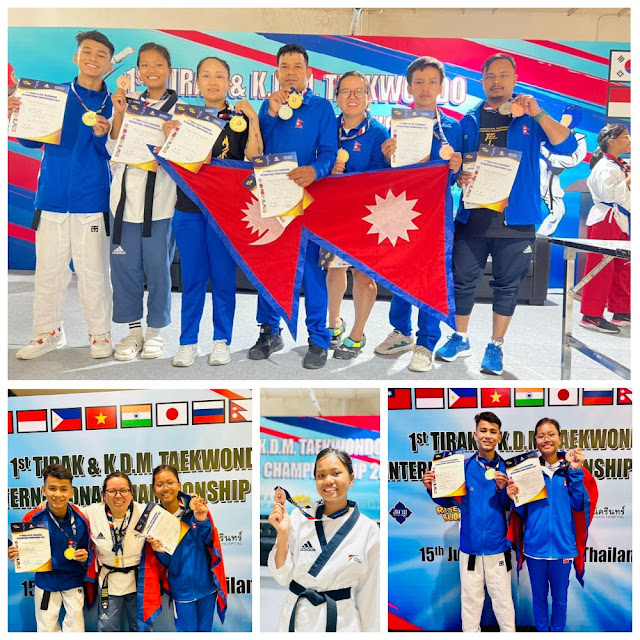

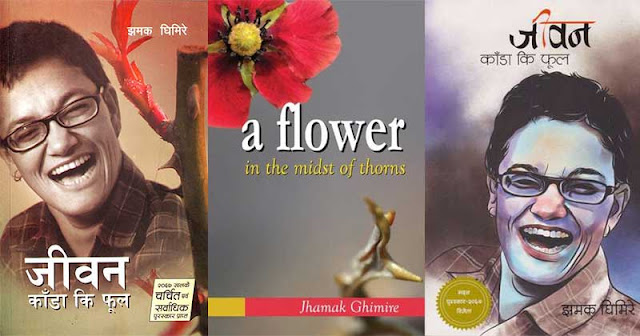



.png)
Comments
Post a Comment